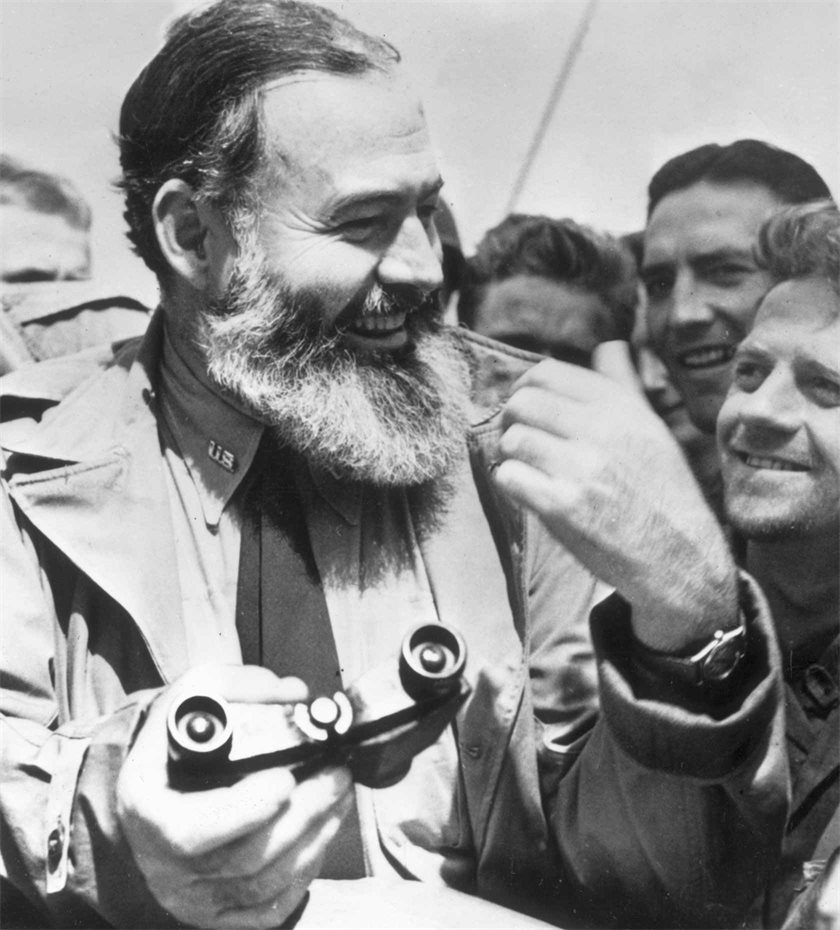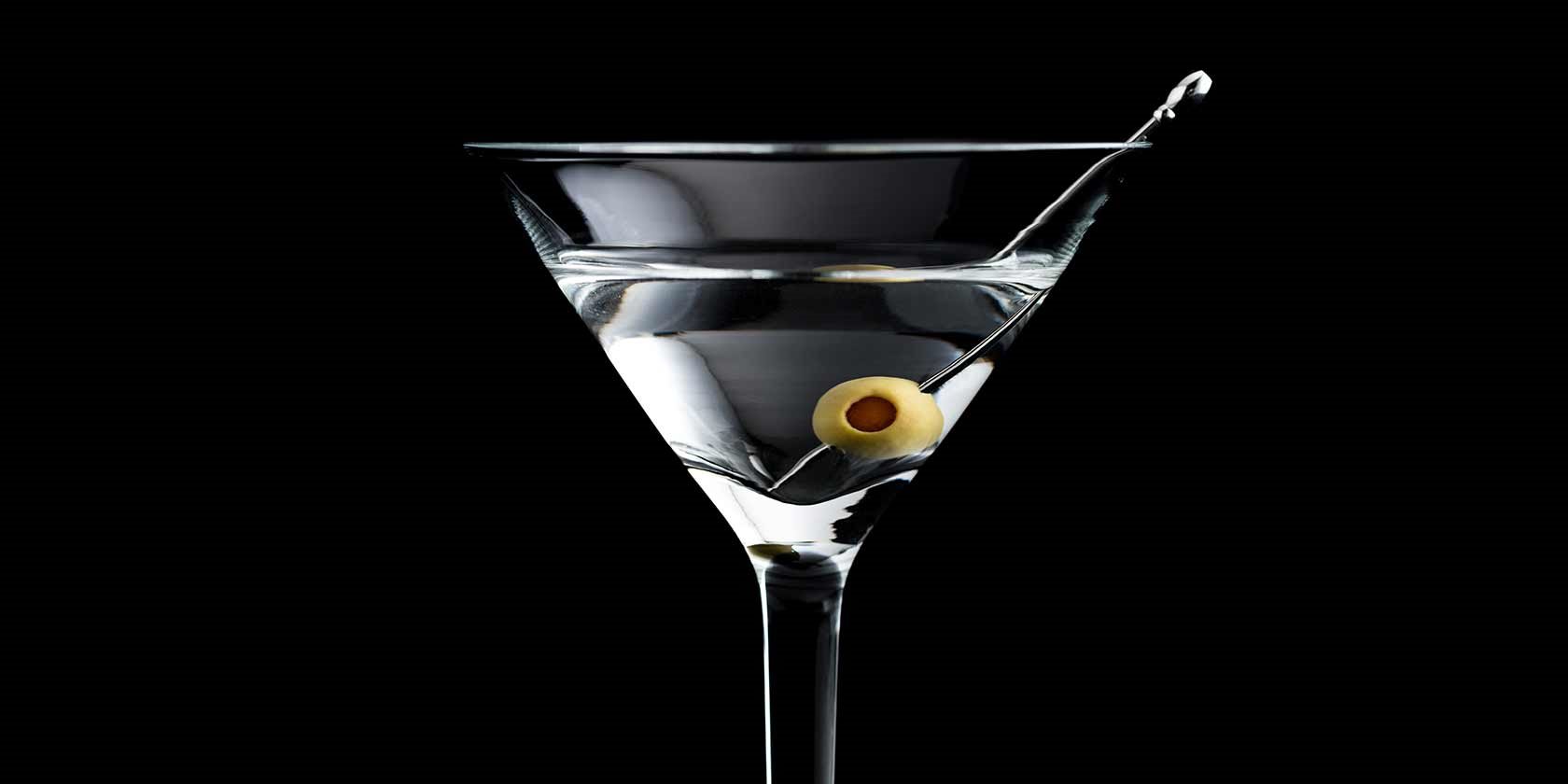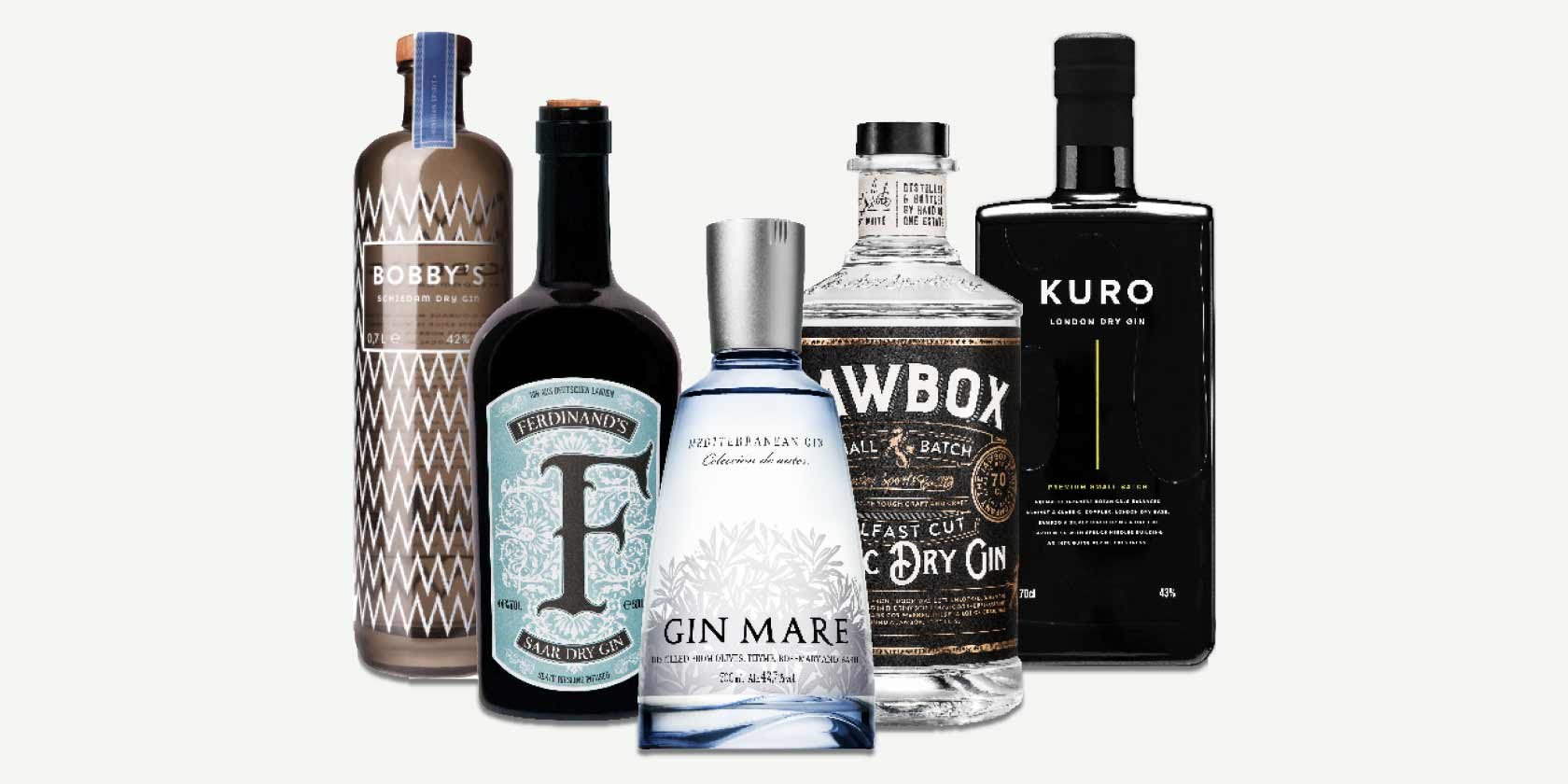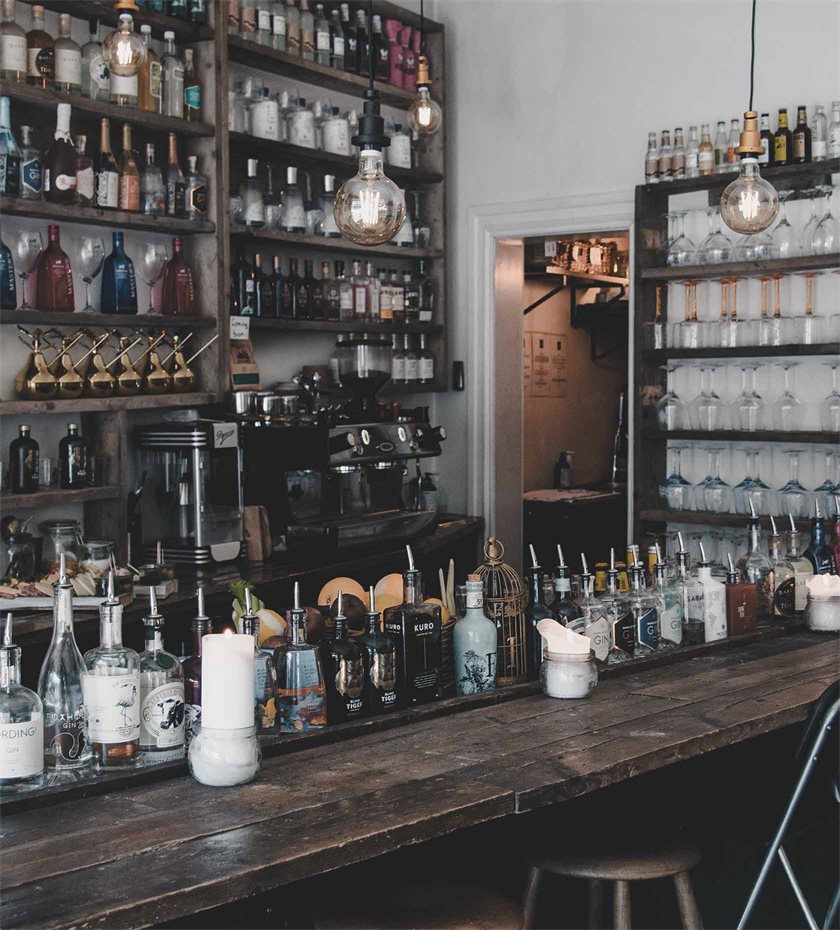THE POOR MAN’S DRINK LED TO SOCIAL ANARCHY

Ernest Hemingway was a man who had a taste for alcohol. One of his favourite life-long drinks was Dry Martini. And it had to be dry. Very dry – 15 parts gin to one part Vermouth! Regardless of the mix, there’s no doubt among those that know, the cocktail should be made in a cocktail shaker with ice and poured through a strainer into an ice-cold glass.
It’s well-known too, that historically, Dry Martini has been mixed with great devotion in eccentric ways. Winston Churchill believed it was very important to bow in the direction of France as a mark of respect for Vermouth’s role in the iconic drink. Other people believed that it was simply OK to let the Vermouth slide into the glass with gin and ice. And for the record, James Bond does not drink Dry Martini but the variant Vodka Martini – but that’s another story.
Mother’s ruin
According to some sources, Dry Martini was created for the millionaire John D. Rockefeller at the Knickerbocker Hotel in New York in 1912. And it was bartender Martini di Arma di Taggia who made history when he invented the dry, aromatic drink.
But it certainly wasn’t a millionaire who invented gin. The first gin actually comes from the Netherlands, where British soldiers drank it in the 16th and 17th century, for example during the Anglo-Dutch wars and it was the source of the expression ‘Dutch courage’. At the time in the British Isles, people preferred sherry or wine – and of course the lower classes drank beer. But customs duties, taxes and charges drove prices through the roof. For the man in the street the answer was clear, drink gin. To begin with, gin was sold as a medicine that was effective against gout and poor digestion. But above all, it was cheap. As an advertisement in an 18th century pub puts it: “Drunk for a penny. Dead drunk for tuppence. Straw for nothing!”

In 1730, there were more than 7,000 serving establishments in London, and over 45 million litres of gin was produced annually. On average, 65 l of gin was consumed per resident per year. The social cost was enormous. Entire families were ruined, and fathers sold their daughters for money for gin. Prostitution and debauchery were rife. No wonder gin became known as ‘Mother’s Ruin’.
Gin was subject to high excise duties in 1736. The decision led to large demonstrations in London. It also boosted the already illegal trade in gin, which was often flavoured with turpentine or sulphuric acid. As late as 1913, it stated in Webster’s Dictionary that “ordinary gin as a rule is flavoured with turpentine.”
Luckily, that is a thing of the past. Gin is probably the most produced spirit in the world and today, it is a high-quality drink, flavoured with many different herbs and spices.

Gin Was His Lifesaver
Gin's popularity has exploded in recent years. People have become aware of the clear spirit with its juniper berry flavour as the basis for mixing with dry Vermouth or quinine-infused tonic water. For Simon Frimann, Gin & Tonic was also the lifesaver that staved off bankruptcy. But gin is more than just gin, and gin & tonic is more than just gin & tonic.
In a small country like Denmark where there are already 30 distilleries producing 160 different kinds of gin, successfully launching a new brand requires good business acumen. And above all, huge passion and belief in your own abilities. But it is precisely his passion for gin – and of course tonic – combined with his excellent business acumen, that has really helped Simon Frimann.

However, it was a business disaster that nearly caused his downfall. As the owner of two large SuperBest supermarket stores he was as good as shut down by a major meat scandal that broke in 2009. From one day to the next, what appeared to be a good business was a catastrophe. Simon Frimann ended up sleeping in a storeroom. “I’d sold everything. The only thing I had a passion for was gin, an agency for alcopops and an exclusive distributor agreement for some olive oil. For crying out loud – I was taking baths in the local swimming hall,”says Simon Frimann.

But he found his way to MG Destilerias in Spain and their new luxury gin – Gin Mare. It required several years hard work before he landed an agent agreement for the Spanish gin. In the meantime, he drove around the country, visiting supermarkets, wine merchants and trade fairs in an attempt to put together the capital so that he could enter into an agreement with the Spanish distillery.
After 18 months driving around the country he finally invested in a batch of gin – and no less than 12,000 bottles of tonic water called ‘1724’. Despite a difficult start his efforts paid off. Today Simon Frimann has created a company called ‘1975 by Simon’ and employs seven people and sells over 70 different products.“It’s been a hard but successful slog. And now we have finally moved to new premises in Slagelse. In the autumn, we will start to distil our own gin.”
Great tasting gin
It’s no surprise to Simon Frimann that gin has had such an enormous boost in the last 5–10 years. “Today there are so many different gins that people can get exactly the taste they want. Personally, I believe that the success is down to people becoming aware that it just isn’t about the gin’s juniper berry taste. But with spices and fruit you can get great taste in the glass. And there are so many good gins today with different taste nuances in the market, and we have come a long way from the classic Gin & Tonic with the bitter taste,” says Simon Frimann.
He is especially glad that so many different kinds of tonic water are now available. Even though it’s the tonic ‘1724’ he swears by. “It has a mild, sweet taste. And it’s precisely that – that you can move slightly away from the acidic, slightly bitter taste, is something that Danes like.”
Gin’s success has also resulted in a number of dedicated gin bars. Simon Frimann’s partner, Susanne has also joined the trend and has opened a gin bar called ‘Two Socks’ on Klostertorv in Aarhus. And she hopes to open another bar in Copenhagen later in the year, so she can present exciting new gins to people in the Danish capital.